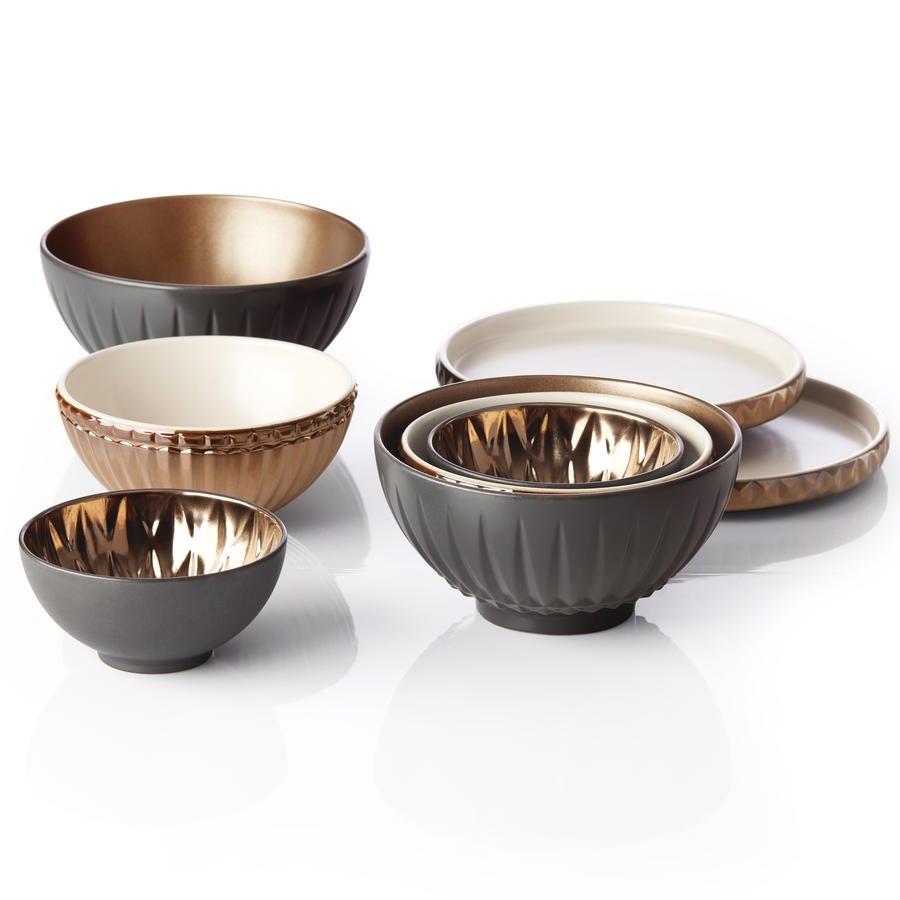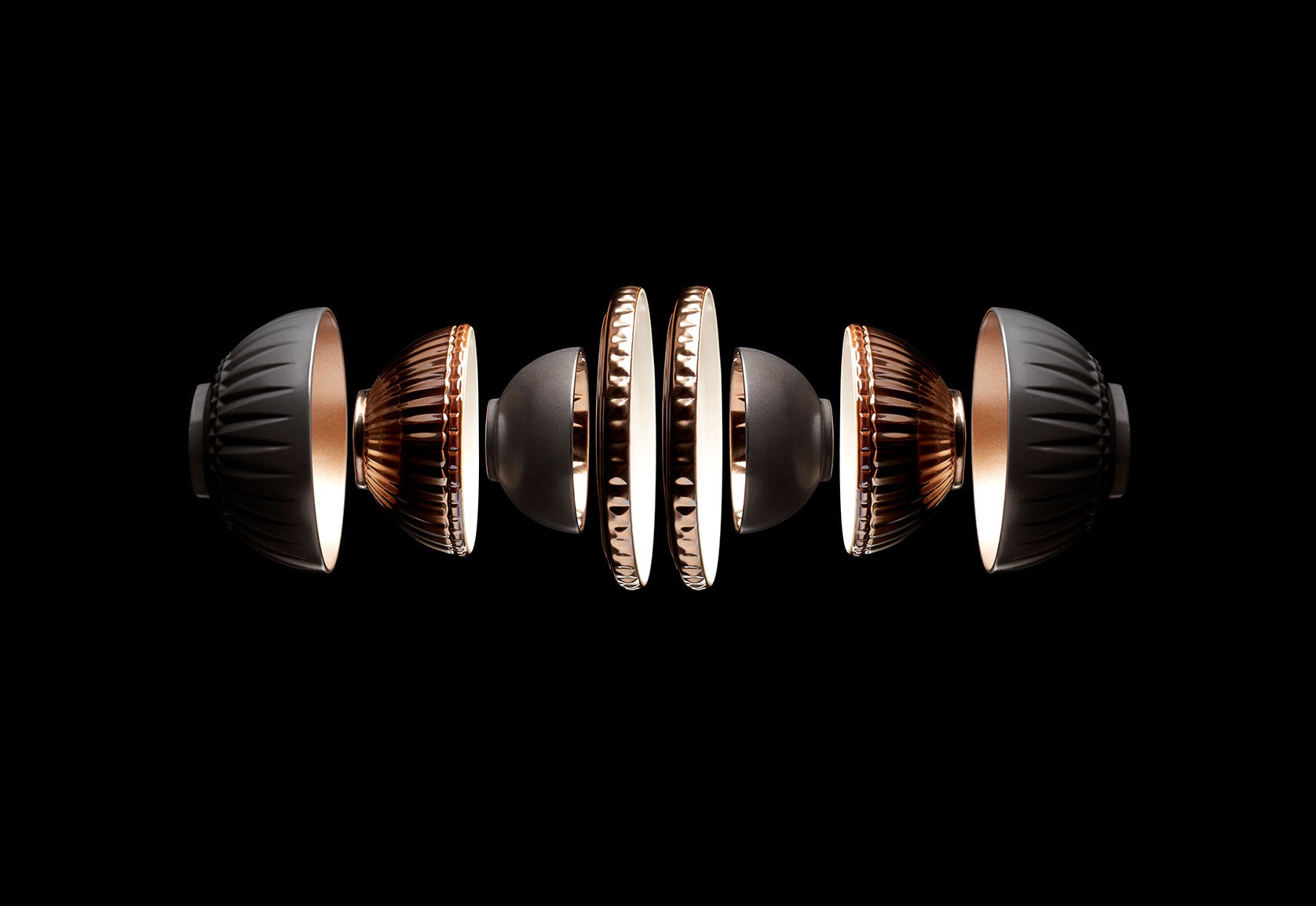The tabletop industry is known for exquisite craft and elegant tradition. Forward thinking? Not so much. “We are a dusty industry,” Mads Ryder, CEO of Lenox, tells Business of Home. “We believe that bringing a new color of a plate to the market is innovation, but we haven’t really started to understand how the consumer lives.”
Ryder is trying to rectify that. Last year, when he was appointed CEO of the 130-year-old tabletop company, he commissioned a consumer study. However, rather than polling hundreds of customers about their dinnerware preferences, the team focused on 40 people and dove deep into how they were living, shadowing participants from morning until night as they went about their daily routines. The results were illuminating, though not reassuring.

“One of the things we learned was that consumers dine differently now. They don’t even think about ‘dining,’ they don’t talk about ‘entertaining’—they use different language,” says Ryder. “‘Casual’ and ‘fine’ doesn’t exist anymore. … Also, we need to stop referring to our consumer as ‘she.’”
For an industry that was built around a female customer who gets engaged at 19, gets married at 21, and registers for fine china to use for entertaining, these observations present a challenge—one Ryder is eager to meet. The first major release featuring Lenox’s new look is Luna, officially debuting this month.
Designed by Lenox’s longtime designer Tim Carder, the Luna is a new concept for the heritage brand—a set of six bowls and two plates that fit together into an egg shape, like a Russian nesting doll.
For Ryder, Luna ticks a lot of important boxes. It’s compact, accommodating for the fact that younger families are living in smaller spaces, and don’t have space for a china cabinet, even if they wanted one. Its pared-down assortment is also more in line with modern consumer needs, especially younger families or single customers, who don’t want or need large sets.
“Sometimes you feel like the industry—we come out with a 16-piece place setting, which is a very old way of looking—and [in doing so], we force people to go to Target or IKEA, where they can get four dinner plates, four bowls and glasses and say, ‘I’m good.’”
As a bonus, the Luna has a kind of theatricality to it—there’s a “reveal” inherent to opening up the piece, a nice flourish to show off for guests. It also seems tailor-made for the Instagram age, though Ryder says the company didn’t take social media into account when developing the product.


Lenox is starting with a limited run of 130 pieces, a nod to the numer of years it has been in business. The initial collection has a luxury feel to it, with specialized glazes and detailed carving, all designed to show off the techniques Lenox has refined over the decades. However, the company also has plans to launch Luna as a consumer product in a variety of colors and finishes, and at a significantly lower price point.
Ryder says that Lenox has sold 20 percent of the initial 130-piece run before even launching it on the company’s website, and that the word-of-mouth reaction has been positive. (At an appearance at last month’s Future of Home conference, Ryder publicly unveiled the Luna onstage for the first time—and after the presentation, a sizable line of attendees formed, all waiting to see him, and it.)
The pushback, Ryder says, has come from some of Lenox’s partners, who are taking a “wait and see” approach to a product that is admittedly a new direction for the heritage company. There are also concerns about how best to display the Luna in a retail environment with shrinking space for dinnerware. Ryder says the company is working on compelling ways to display the piece, and is confident that Lenox is tapping into what’s next for the world of high-end dinnerware.
“People want precious stuff, people want quality, people want something that has an idea behind it,” he says. “They don’t want it in ‘fine’ and ‘casual,’ that’s not the dimensions out there. Everyone wants quality, and everyone wants to have the price point that fits them.”
And as for the brand’s extensive catalog of legacy pieces, will there be a paring down of outmoded products? Ryder says yes: “As fast as our customers will allow.”




























